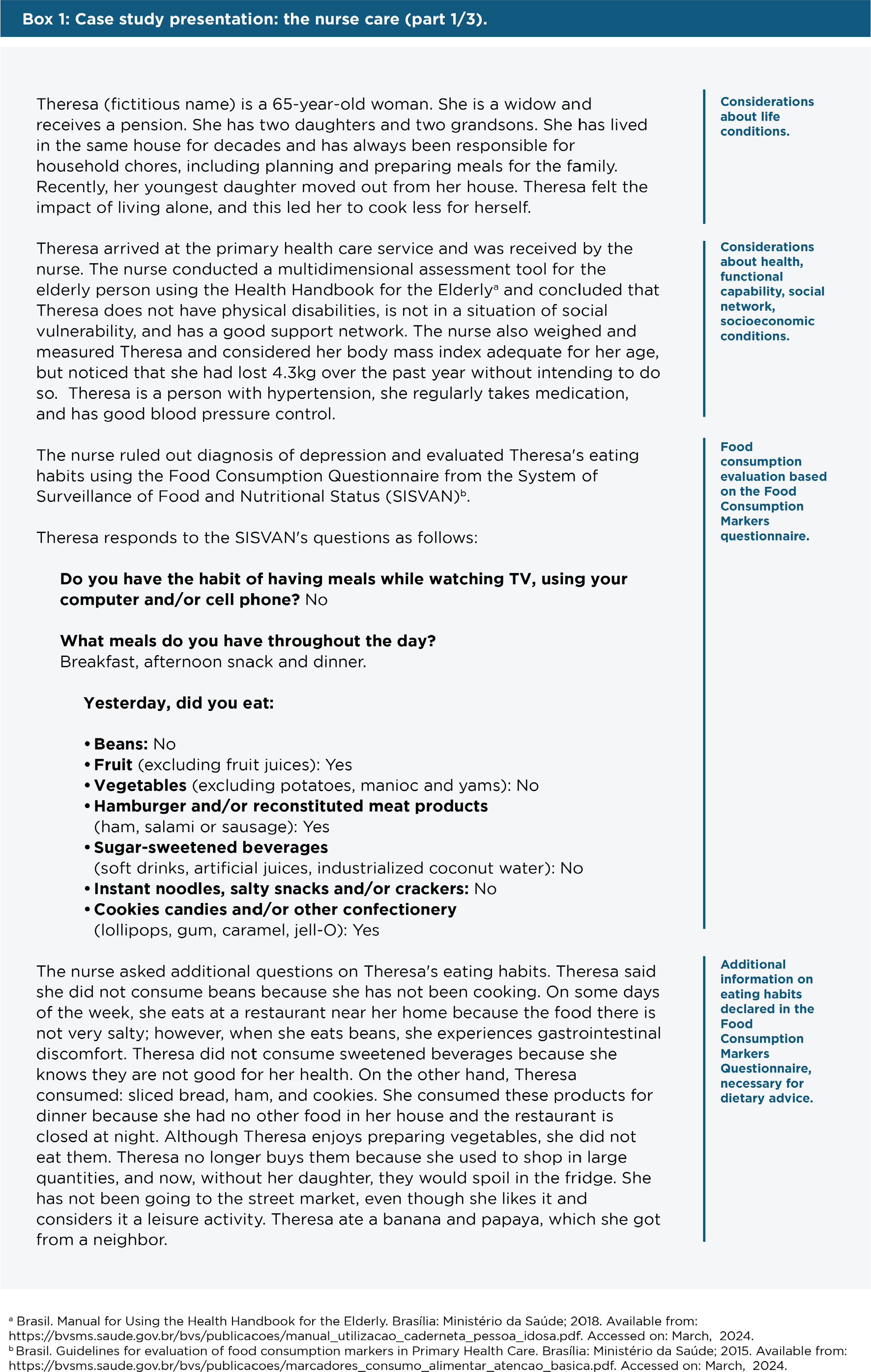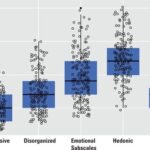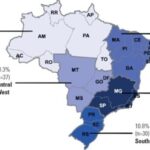Daniela Barros, post graduate student, Surgical Clinic Program, Ribeirão Preto Medical School, University of São Paulo (FMRP-USP), Ribeirão Preto, SP, Brasil.
 The article Translating the Brazilian Dietary Guidelines into Clinical Practice, published in Archives of Endocrinology and Metabolism (vol. 69, no. 1, 2025) explores the integration of the Brazilian Dietary Guidelines into clinical practice, emphasizing innovative strategies for healthcare professionals. The study conducted by researchers from the University of São Paulo (NUPENS/USP) and supported by the Brazilian Ministry of Health, focuses on overcoming barriers in applying these guidelines to promote healthy eating and prevent non-communicable chronic diseases.
The article Translating the Brazilian Dietary Guidelines into Clinical Practice, published in Archives of Endocrinology and Metabolism (vol. 69, no. 1, 2025) explores the integration of the Brazilian Dietary Guidelines into clinical practice, emphasizing innovative strategies for healthcare professionals. The study conducted by researchers from the University of São Paulo (NUPENS/USP) and supported by the Brazilian Ministry of Health, focuses on overcoming barriers in applying these guidelines to promote healthy eating and prevent non-communicable chronic diseases.
It introduces two tools: protocols for individual dietary advice and meal plans based on the guidelines. The research highlights the importance of prioritizing natural or minimally processed foods, contextualizing this approach within Brazil’s public health challenges and dietary culture (LOUZADA, M.L da C.,2019).
Previous studies demonstrated that developing implementation strategies is an important step in assisting professionals to overcome barriers in incorporating the recommendations into practice (JAIME P.C., et al., 2018; TRAMONTT, C.R., et al., 2023; TRAMONTT, C.R., et al., 2020).
The authors, Vanessa Del Castillo Silva Couto et al., affiliated with USP’s Center for Epidemiological Research in Nutrition and Health, developed the protocols between 2020 and 2022. They were validated through expert panels and tailored for different life stages.
The protocols recognize that effective dietary advice requires consideration of the potential obstacles for each individual in improving dietary practices. This involves considering factors such as the individual’s workplace environment and functional capabilities. The protocols have the potential to bring about a paradigm shift in clinical practice by combining, in a single tool, a concise dietary practices assessment instrument, the most updated healthy eating framework and a delivery technique, that promotes individualized care based on people’s lives.
The protocols follow three steps: assessment of individuals’ food consumption based on the Food Consumption Markers Questionnaire (BRASIL, 2015), prioritization of recommendations based on the stepwise flowchart for decision-making and implementation of dietary advice, where the healthcare professional is directed to the recommendation sections, following each stage of the stepwise flowchart for decision-making.

Imagem: the authors
Motivated by the urgent need to address unhealthy diets, a leading global risk factor for disease, the researchers-built tools designed to make dietary guidelines accessible and actionable for both nutritionists and non-specialist healthcare providers.
The present trial demonstrated that these tools simplify dietary assessments and improve compliance to healthy eating patterns. For instance, the protocols help healthcare professionals identify dietary risks and recommend stepwise improvements, while meal plans focus on promoting culturally relevant and nutrient-rich diets. These strategies align with the broader goals of reducing the consumption of ultra-processed foods and enhancing public health outcomes, particularly in managing conditions like obesity, diabetes and hypertension.
The strategies presented in this paper, based on the Brazilian Dietary Guidelines, have the potential to empower individuals to make informed choices. While policies supporting structural changes are indispensable, the potential of competent educational and clinical interventions cannot be overlooked.
The article concludes that these innovative strategies could transform clinical practice by empowering healthcare professionals to offer personalized, culturally appropriate dietary advice. Challenges such as professional training and adapting tools for diverse healthcare settings remain. Future research will evaluate the longterm effectiveness of these tools in improving dietary habits and reducing disease prevalence. The authors advocate for similar approaches in other countries, tailoring tools to their cultural and dietary contexts.
To read the article, access
COUTO, V.C.S., JAIME, P.C. and LOUZADA, M.L.C. Translating the Brazilian Dietary Guidelines into clinical practice: innovative strategies for healthcare professionals. Archives of Endocrinology and Metabolism [online]. 2025, vol. 69, no. 1, e240142 [viewed 28 April 2025]. https://doi.org/10.20945/2359-4292-2024-0142. Available from: https://www.scielo.br/j/aem/a/k79NPWW7R7t8b5pVJ4zjk7R/
References
BRASIL. Orientações para avaliação de marcadores de consumo alimentar na atenção básica. Brasília: Ministério da Saúde, 2015
JAIME, P.C., et al. Content validity of an educational workshop based on the Dietary Guidelines for the Brazilian Population. Revista de Nutrição [online]. 2018, vol. 31, no. 6, pp. 593-602 [viewed 28 April 2025]. Available from: https://puccampinas.emnuvens.com.br/nutricao/article/view/7711
LOUZADA, M.L.C., et al. Food and health: the scientific evidence informing the Dietary Guidelins for the Brazilian Population. São Paulo: Faculdade de Saúde Pública da USP, 2019
TRAMONTT, C.R. and JAIME P.C. Improving knowledge, self-efficacy and collective efficacy regarding the Brazilian dietary guidelines in primary health care professionals: a community controlled trial. BMC Family Practice [online]. 2020, vol. 21, no. 1 [viewed 28 April 2025]. https://doi.org/10.1186/s12875-020-01245-3. Available from: https://bmcprimcare.biomedcentral.com/articles/10.1186/s12875-020-01245-3
TRAMMONT, C.R. et al. Conhecimento, autoeficácia e práticas profissionais relacionadas ao Guia Alimentar para a população brasileira na atenção primária à saúde. Cadernos Saúde Coletiva [online]. 2023, vol. 31, no. 2, e31030215 [viewed 28 April 2025]. https://doi.org/10.1590/1414-462X202331030215. Available from: https://www.scielo.br/j/cadsc/a/FTNRBp8bz6qg8zGQS3dZm3G/
External links
Archives of Endocrinology and Metabolism – AEM
Como citar este post [ISO 690/2010]:


















Recent Comments